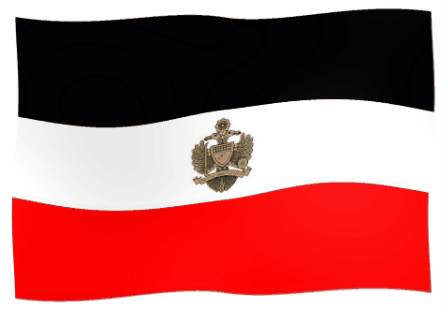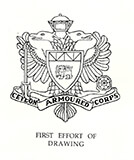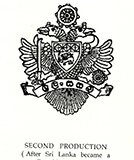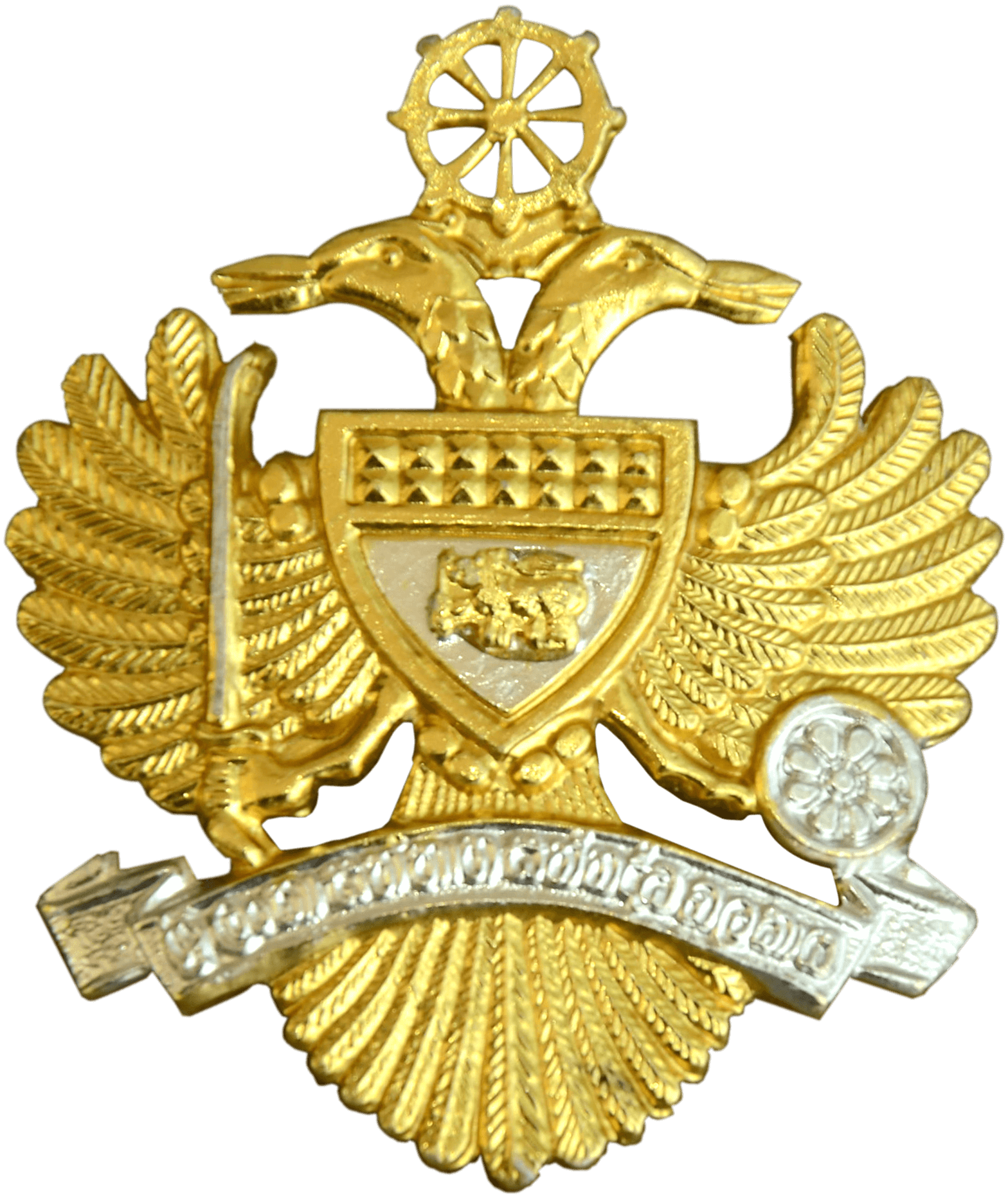
Sri Lanka Armoured Corps Flag.
ORIGIN OF THE CAP BADGE

Oriental mythology of the ‘Double Headed Eagle’ is most interesting. In Hindu mythology, Vishnu is one of the three most dominant gods that wields extraordinary powers in the world. His vahana or vehicle is the Berunda also referred to as the Sunbird. In the Sinhala context, the Garuda is referred to as Gurula or Berunda. Its appearance in art and sculpture is relatively late, no earlier than the 17thCentury. Its appearance perhaps is in the provincial flag of ‘Tun Korale’ (Three Korales) where traditionally the strongest army was stationed. The subsequent use of this symbol is most frequent at the entrance to Devalas on the door jambs. Popular tradition, literary sources and Indian context show great similarity in the characteristics attributed to Berunda: power, force, a sudden pouncing on its victims, alertness and so on. It is also said that the significance of the two heads is essentially to portray the very swift movement of the head from side to side by the bird, when it surveys or carries out reconnaissance before sweeping or pouncing on its prey.
THE CREATION OF THE CAP BADGE

Major D S Atygalle MVO approved in principle the selection of the double-headed eagle as the symbol of the Regimental Cap Badge. This had the added advantage of selecting “Under the Double Eagle” as the Regimental March. Thereafter he delegated Lt S D N Hapugalle to prepare suitable drawings as a design for the cap badge. Working closely withthe Late Mr K Jayathissa of the Archaeological Department he produced the drawings as illustrated. Major Atygalle approved the meaning portrayed by the cap badge. The first effort portrayed rather a skinny bird and promptly Major Atygalle wanted a fuller bird with more vigour to also symbolise the moral of Sir Winston Churchill’s memoirs of the Second World War viz: In War: Resolution, In Defeat: Defiance, In Victory: Magnanimity, In Peace: Goodwill. The Regiment is indeed deeply indebted to the honorary assistance given by the Late Mr K Jayathissa.

THE MEANING PORTRAYED BY THE BADGE

The characteristics of the bird enunciated earlier are very much in keeping withthe characteristics and rules of the regiment. The Sword carried by the right claw and the Lotus on the left claw symbolises war and peace respectively. The lion shown on the chest of the bird is the lion of the national flag. The effect of all this portrays the meaning that ‘IN WAR OR PEACE WE HAVE THE COUNTRY AT HEART’.





